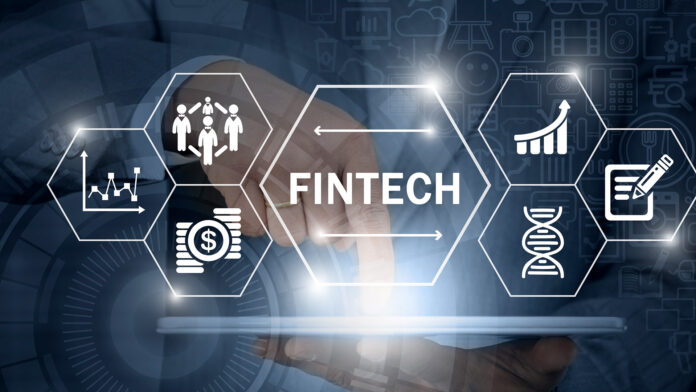At the time, the mania for blockchain technology on cryptocurrencies peaked, and bitcoin’s value was going through the roof, Blockchain saw the unprofitable company’s stock rose nearly 3per content.
Although it was prompted by the U.S. Securities and Exchange Commission, the fact behind this is that blockchain would give a bump to any business show the market an appetite for it. Fintech adding a glossary of exotic to our business vernacular.
What exactly is the fintech revolution all about? Is it a bubble or will it generate a lasting value? Fintech is a new term, financial technology is not. Financial technology has been present around since the mid-1990s, the banking industry being its largest buyer and user .Technology is no longer the sole preserve of IT specialists.
Today consumers are increasingly well versed in technological tools, skills, and language, forcing companies to adopt models that originate in the consumer space.
More the technology becomes democratized, less the loyal people feel to traditional financial service providers. The second force is startups that new market entrants have taken an age-old industry by storm.
Over per content of incumbents believe their current business is at risk, with nontraditional financial service providers already offering payment solutions, transfer services, and insurance to per content, 68 percent of their customers respectively.
Tech developers are the third force, they have developed the digital platforms and core technologies that have made it easier for fintech innovators to enter with alternative solutions.
The next force is platforms. The dominant platforms have been able to leverage the data they constantly accumulate on their users to offer ever more powerful services. With their considerable experience and scale, they make fearsome competitors, not just for small fintech startups but, disturbingly, for large, established institutions, particularly banks.
The marriage of finance and technology has given rise to new players that are transforming the financial industry. Many of these fintech firms deliver more economical, flexible, user-friendly services, disintermediating financial services and capturing a considerable part of traditional banks’ market share. The days of banks serving as the only access point to the financial system over.
Instead, new technologies are ushering in new forms of affordable financing: faster, more efficient payment methods, and better customer service. How the fintech business models can afford greater speed and efficiency, personalization, automation, and easier access while reducing many of the problems that have long plagued traditional financial exchanges.
Frequently used the technology as much to create market barriers and maintain their dominance as to provide better financial services. Since then, things have changed. The mass adoption of cost-cutting technologies has greater radical demographic shifts that have facilitated disruptive new players’ entry.
These are what people refer to when they talk about fintech today. For SMEs, fintech offers larger solutions from new forms of customer service. For the past few years, experts conducted a few research on this topic and interviewed fintech executives to search for new opportunities.
Follow and connect with us on Facebook, LinkedIn & Twitter

